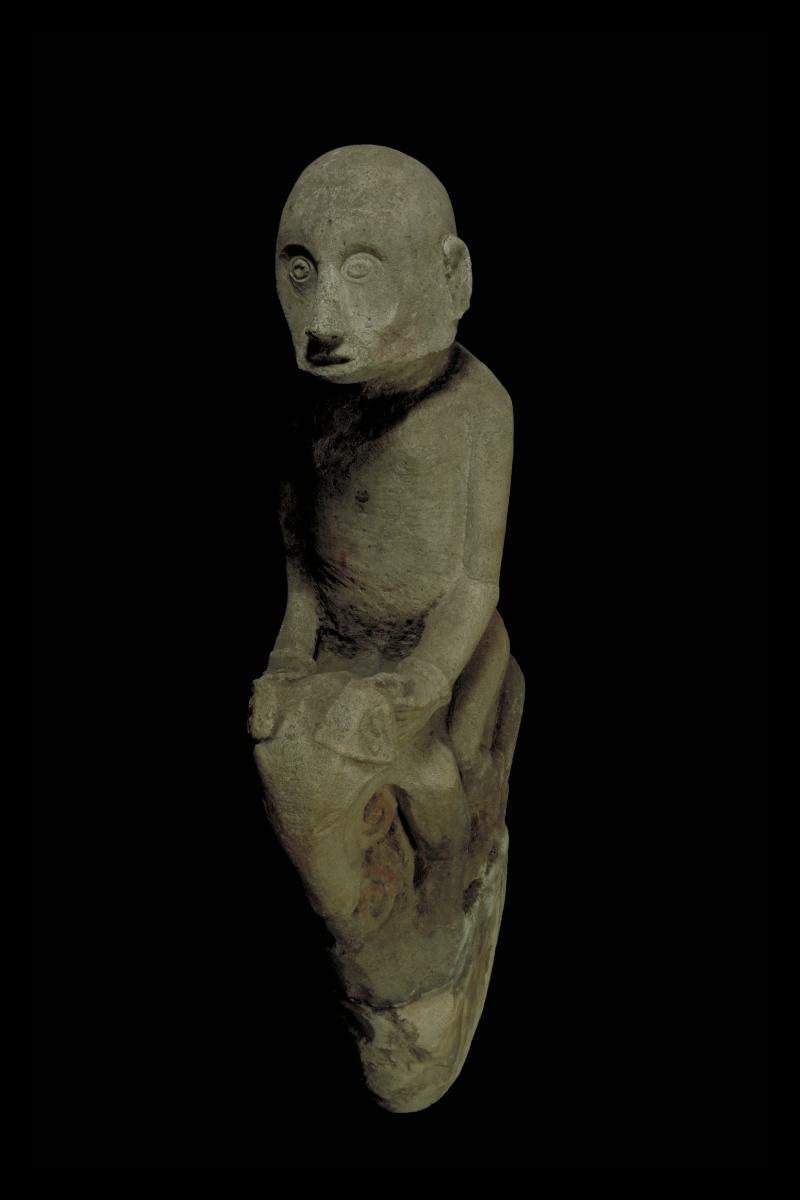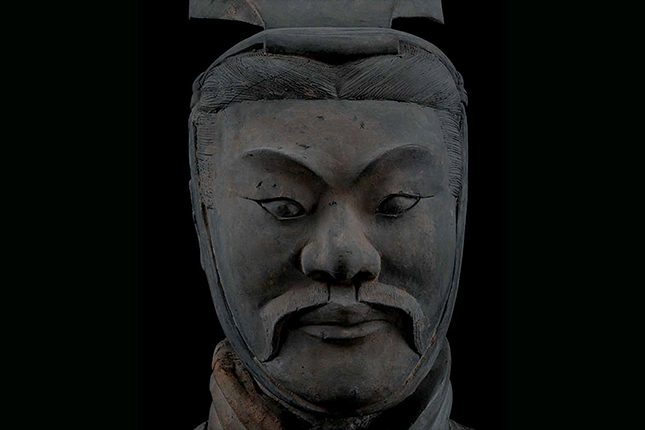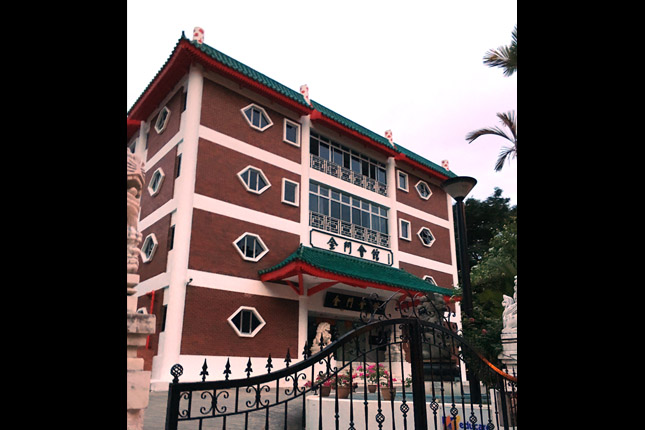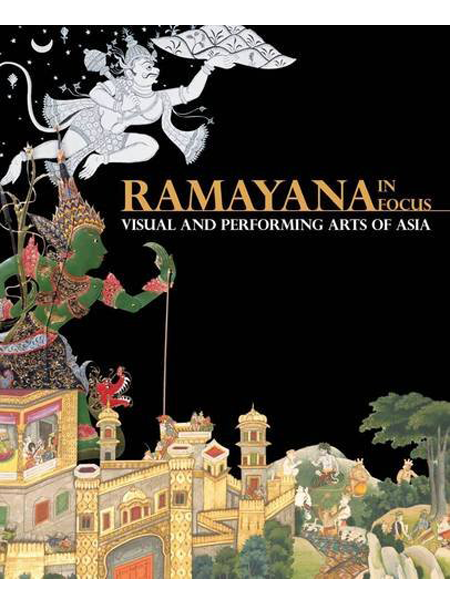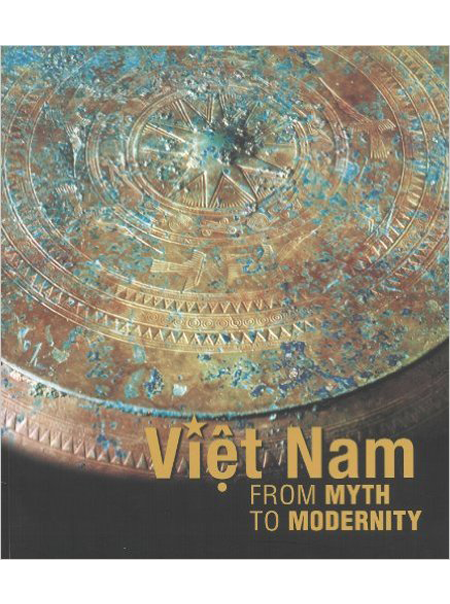TL;DR
Horses for Courses explored the history and development of horses, from the wild early years to the highly selective breeding of the present day. This exhibition celebrated the partnership between man and horse, in both work and play, within numerous cultures around the world.
Text by Chua Mei Lin
Be Muse Volume 7 Issue 2 - Apr to Jun 2014
Horses for Courses explored the history and development of horses, from the wild early years to the highly selective breeding of the present day. This exhibition celebrated the partnership between man and horse, in both work and play, within numerous cultures around the world.

A range of philatelic materials highlights the horse’s role in agriculture, postal delivery, war, racing, and other areas. Horses have long been a reliable form of transportation and recreation for man. From myths and legends to art and hobby, Horses for Courses took visitors on a journey that revealed the strength, speed and loyalty of this noble creature.

Way Back Then
The horse species Equus caballus, is from the Equidae family. It is a mammal that can be traced back some 50 million years.
The early ancestors were the size of small dogs and lived in Europe and North America. Over millions of years, the horse became taller with longer legs. It evolved to have one main toe (hoof); its neck lengthened with a light arch, and its teeth adapted to graze on grass, instead of chomping on leaves from plants.
During the Stone Age, horses were hunted for meat. In some parts of Europe, early depictions of horses were from cave paintings from this period. It’s believed that wild horses roamed the plains of Asia and Europe about 30,000 years ago. But as the world changed, and as man began to encroach on their land, the number of wild horses started to dwindle. The only remaining wild horses today are the endangered Przewalski’s horses, with only about 250 roaming wild in their native home in Mongolia.
Progress and Civilisation
About 4,500 years ago, man started to domesticate horses for transportation and to move heavy loads. Engravings, sculptures, and writings show that horses were used to draw chariots – especially for burials – in early civilisations in Mesopotamia, Egypt, China and India.
The Egyptians were renowned for their skill in crafting swift chariots to carry archers for warfare, for example. The terracotta steeds buried alongside the soldiers in Xi’an, China, are also a testament to their importance in Chinese warfare.
The Umayyads, circa 650 AD, used well-trained Arabian horses for numerous successful raids and battles that created a vast empire stretching from the Middle East to France. And around the 13th century, Mongols led by Genghis Khan conquered a great expanse of land across continental Asia, Middle East and Eastern Europe. The secret to the Mongols’ success, it is said, was in using three to four horses in their battles and travels. As soon as one horse tired, another would take its place. In this manner, the Mongols’ journeys and cavalry attacks were continuous.
Horses in the Americas disappeared with climatic changes but the Spaniards brought them back to North America during their conquests. Native Americans discovered the horses' usefulness and soon mastered the skill of horse riding for herding and warfare. Wild horses in North America are not considered truly wild; they are feral. A long time ago, these horses were domesticated by man but they were either returned to the wild, or escaped to wander free.
Riding into History
Ideas, language, culture, knowledge, and religion developed more efficiently in societies that harnessed horsepower. In Central Asia, for instance, horses enabled the transmission of discoveries such as paper, iron, printing and gunpowder across great distances.
In medieval times, armoured knights often formed the main thrust of attack but this eventually gave way to an artillery offensive. Seafaring European nations spread their influence and power across different continents - aided by horses for inland conquests.
Mail Delivery
Man relied on horsepower before the advent of motorised transportation. Letters and parcels were delivered by men on horses or in carriages. In the United States, the Pony Express (1860) was a relay system which spanned the distance from Missouri to California, over the Ro y Mountains. It took horseback riders about 10 days to cover a distance of over 3,000 km.

Accessories
Saddle
In early times, man rode on horses bareback, or with a piece of cloth or blanket. From around the 3rd century BC, leather saddles were introduced. With the use of stirrups, riders - especially warriors - were better able to keep their balance on a horse.
There are two main types of modern saddles. The Western has a high pommel in the front, which is useful for hanging a lariat – a rope in the form of a lasso. At the back is a large cantle for better seat support. These features provide the rider with more comfort, especially when herding cattle. The English saddle is less padded and generally lighter.
Horseshoes
Horseshoes are usually U-shaped and they are nailed to the horse’s hooves to protect them from the hard ground. Most horses are checked by a farrier or horse shoe fitter every six to eight weeks to tidy the hooves.
History & Culture
Horses often connote honour, intelligence, bravery, and many artists have depicted these qualities in art. Here are some philatelic examples showing man and horse through history, art and culture.
Austria: Lipizzaner

The Lipizzan is closely associated with the Spanish Riding School of Vienna in Austria. The horses are trained in the school to perform the elegant movements and jumps of classical dressage, including what is also known as “haute ecole”, or “high school” jumps. The ‘dancing’ Lipizzaner, a Spanish-Andalusian breed, can be traced back to the 7th century when Barb horses were brought into Spain by the Moors and crossed with native Spanish horses.
China: Qi Jiguang

Qi Jiguang was a Chinese military general and national hero during the Ming Dynasty of the 16th century. He was noted for his courage and leadership in the fight again Japanese pirates along the east coast of China, as well as his work on the Great Wall of China. Here, he is depicted riding his horse ready for battle.
China: Chinese Opera

The use of symbolic representation is a primary feature in Chinese opera. In this picture, for example, the use of a fringed cane is to signify riding a horse.
Hungary: Arrival of the Hungarians

The painting by Árpád Feszty and other artists depicts the Arrival of the Hungarians (on horses) to the Carpathian Basin in 895. It was completed in 1894 to mark the 1,000th anniversary of the event. This cyclorama – a panoramic painting framed in a cylindrical platform - measures 115 metres by 15 metres and is housed in the National Historical Memorial Park in Ópusztaszer, Hungary.
Jersey: The Black Horse of St. Ouen

Long ago, Jersey was ruled by the French – much to the unhappiness of the islanders. One such person was Philippe de Carteret, the Seigneur of St. Ouen and a member of the island’s most influential family. To prevent any problems, the French soldiers decided to kidnap him. Philippe tried to escape on his black horse, and raced toward his manor across a deep wide ditch. His horse jumped and cleared it and returned Philippe to his home safely. But his faithful horse soon collapsed and died. To honour his horse, Philippe had the animal buried in his garden.
Kyrgyzstan: “Kyz Koomay”

The stamp depicts a popular game in Kyrgyzstan, where a young man has to try and overtake a young woman – while both of them are on horseback. The woman usually rides a faster horse and starts about ten seconds ahead of the man. If he catches her, he is rewarded with a kiss. If he does not, the woman can then whip him.
Mongolia: Morin Khuur

The Morin Khuur is a horse head-shaped fiddle. It has two rings and is played with a bow usually rung with horsehair. Traditional folk songs are often accompanied by the wistful resonance of the instrument, which is said to mimic a horse’s neigh or the wind whistling across the Mongolian plains.
Kyrgyzstan: “Kok-Boru” (Blue Wolf)

Mongolia: The Secret History of Mongols

It is generally agreed that the Uyghur-scripted literature, “The Secret History of the Mongols”, was produced around the 13th century after Genghis Khan’s death. Even though it is a compilation of folklore and myth, the 12 chapters serve as a significant reference to the history, culture, and genealogy of the Mongol Empire.
The people of Mongolia are fond of horse racing, wrestling and archery, often known as the “three games of men”. Horses feature prominently in their lives. Horses and riders were decorated in colourful silks and ribbons during the races, which cover distances from 15 to 30 km.
Poland: Knight Tournament

The first modern knight tournament was held in Poland in 1977. Participants dressed as knights arrived from all over Europe to compete in medieval games, as depicted in these stamps.
Singapore: Kuda Kepang

Kuda Kepang or Kuda Lumping is a type of dance that originated from Java, in which the dancer dons a colourful horse costume. The dance is said to be a re-enactment of battles again the Dutch, but these days it is performed more for entertainment or celebrations. Another version of this dance induces a trance on the dancer, who then mimics the behaviour of horses.
Portugal: Lusitano Horses

The Lusitano, named in 1966 after Portugal’s ancient Roman name, is closely related to the Spanish-Andalusian horse. Lusitanos have competed in the Olympics and World Equestrian Games. In early times, they were deployed for war but these days they only participate in bloodless bullfighting.
Ukraine: Straw horse

Located in a region blessed with rich ‘black soil’, Ukraine has abundant wheat. After the grain is removed, the raw is used to feed animals, for housing, and to make traditional handicrafts.
United Kingdom: All the Queen’s Horses

To mark the British Horse Society’s 50th anniversary, four stamps were issued that featured Queen Elizabeth II’s ceremonial horses: two carriage horses from the Royal Mews, and two from the Household Cavalry.
United States: Cherokee Strip Land Run

The Cherokee Strip was an 8 million-acre piece of land in Northwest Oklahoma. In the late 1830s, the government moved the Cherokee tribe to eastern Oklahoma, and the natives were given a passage, known as the Cherokee Strip, to the western hunting ground.
In the early 1880s, many cattle ranches were established in the area. It was during this period that the term “cowboy” was coined and that the expansion of the American West began. In 1893, by presidential order, the Cherokee Strip was opened for settlement. This resulted in the great land race, where more than 100,000 people rushed to lay claim on land.
» Chua Mei Lin is Curator, Singapore Philatelic Museum





